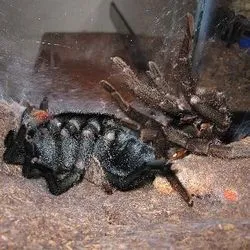What is Tarantula Molting
Tarantula molting is a natural and essential process for these fascinating creatures, much like snakes shedding their skin. It’s how a tarantula grows and replaces its old exoskeleton with a new, larger one. This exoskeleton, made of chitin, doesn’t grow, so the tarantula must shed it periodically. Molting allows the spider to repair injuries, replace lost limbs, and rid itself of parasites. The frequency of molting depends on the tarantula’s age, species, and feeding schedule. Younger tarantulas molt more frequently, sometimes every few months, while mature adults may molt only once a year or even less often. Understanding this process is crucial for providing proper tarantula molting care and ensuring the spider’s health and well-being. It is a vulnerable time for the spider, so knowing how to care for it is important.
The Molting Process Explained
The molting process is a remarkable feat of nature. It begins with the formation of a new, soft exoskeleton beneath the old one. The tarantula stops eating and becomes less active as it prepares. The spider then positions itself, often on its back, and begins to extract itself from the old exoskeleton. This can take several hours, and sometimes even longer. The spider swells its body with fluids, causing the old exoskeleton to split open. The spider then wiggles and contorts, carefully pulling out its legs, fangs, and abdomen. Once free, the newly molted tarantula is soft and vulnerable, with its new exoskeleton gradually hardening over the next few days. This is the time when it is most susceptible to injury, so it is essential to leave the spider undisturbed. The molting process is a significant event in a tarantula’s life, and understanding the stages can help in providing adequate tarantula molting care.
Signs Your Tarantula is About to Molt
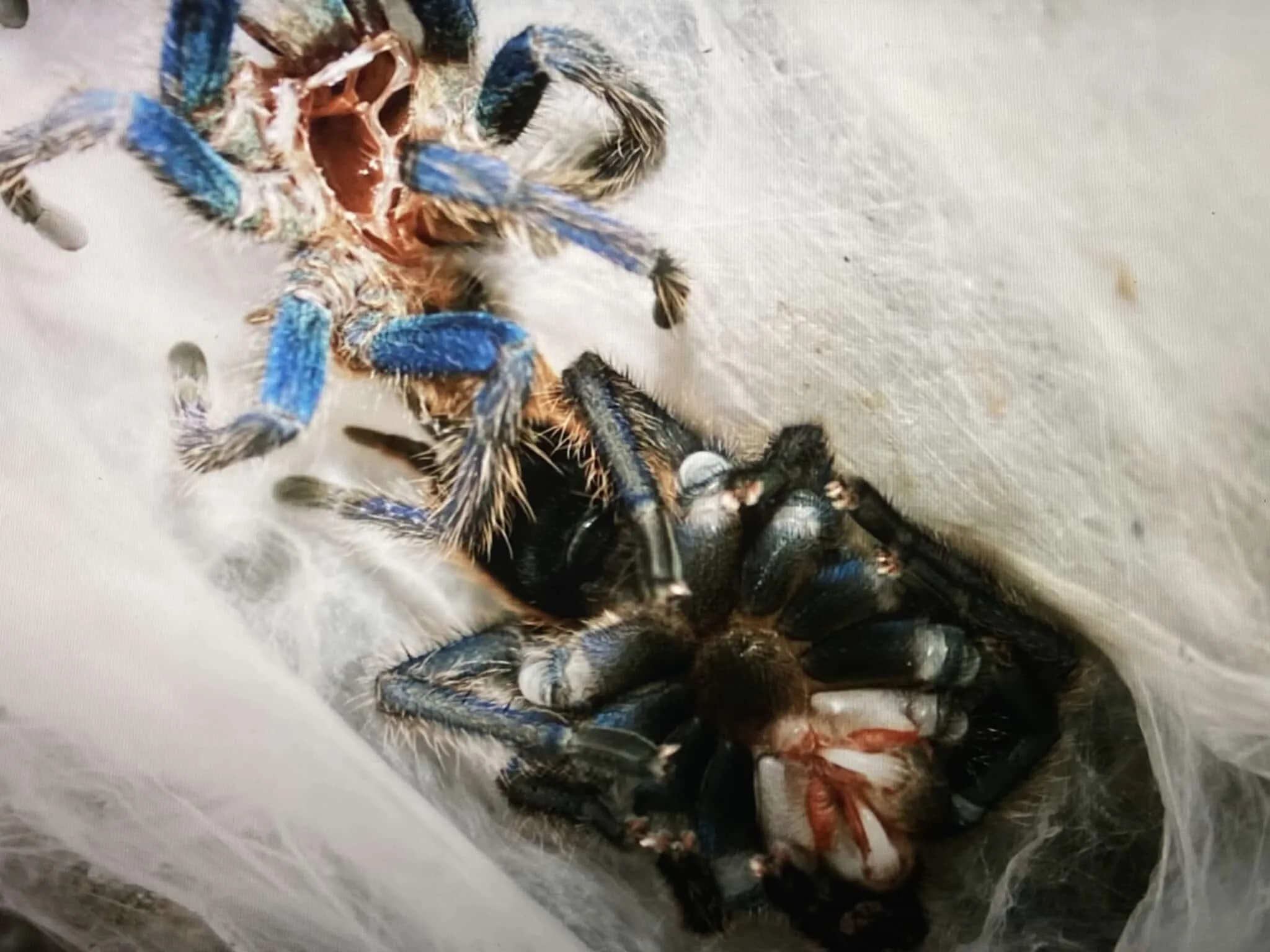
Several telltale signs indicate that your tarantula is about to molt. One of the most obvious is a change in the tarantula’s behavior. They often become less active, stop eating, and may retreat into a hide. The abdomen may appear dark or shiny, and the skin between the segments might look stretched. You might also notice a bald spot on the abdomen, which is a result of the tarantula rubbing against its enclosure in preparation for molting. Additionally, the tarantula may create a web mat or seal off its burrow, further signaling its readiness to molt. Recognizing these signs is essential for providing the correct tarantula molting care. This will also allow you to make the necessary adjustments in its environment to support the molting process.
Top 5 Facts about Tarantula Molting
Fact 1 Proper Humidity is Key
Maintaining the correct humidity level is critical for successful molting. Low humidity can cause the old exoskeleton to become too dry and difficult to shed, leading to a failed molt. This can be fatal for the tarantula. Ensure the enclosure has adequate ventilation to prevent mold and mildew. Use a hygrometer to monitor the humidity level regularly, and adjust it as needed. Mist the enclosure with water or provide a water dish to increase humidity. The specific humidity requirements vary depending on the tarantula species, so research the needs of your particular spider. Consistent attention to humidity levels is a crucial part of tarantula molting care and can prevent a lot of problems.
Fact 2: Do Not Feed Before Molting
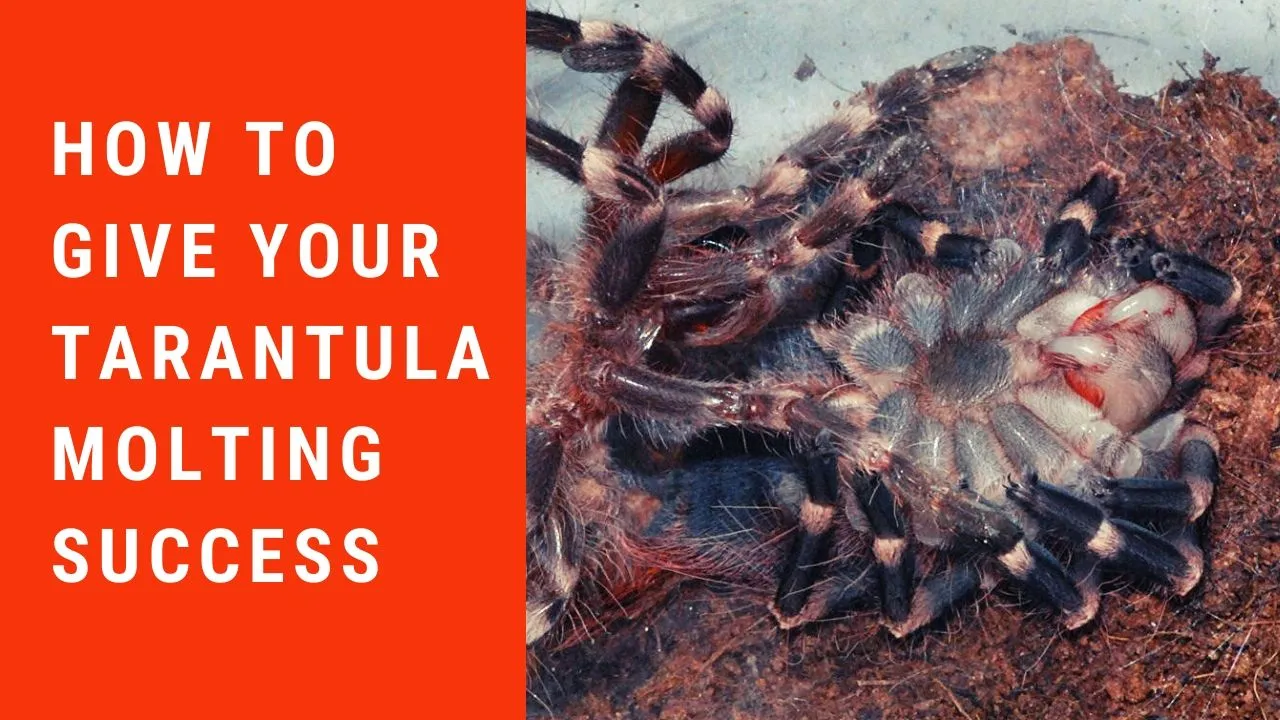
Avoid feeding your tarantula if you suspect it is about to molt. Feeding can cause the spider to become bloated and potentially interfere with the molting process. Undigested food can also create a problem when the spider is trying to molt. It is common for tarantulas to refuse food in the weeks or even months leading up to a molt. This is a natural part of the process. If your tarantula is showing signs of an impending molt, such as a darkened abdomen or reduced activity, refrain from offering food. After the molt is complete and the exoskeleton has hardened, you can resume feeding. This is an important aspect of tarantula molting care to ensure a smooth and safe molt.
Fact 3: Do Not Disturb During Molting
Do not disturb your tarantula during the molting process. This means avoiding any handling, enclosure cleaning, or sudden movements near the enclosure. The tarantula is extremely vulnerable during this time, and any disturbance can be stressful and potentially fatal. Loud noises and vibrations can also be detrimental. Observe the molting process from a distance. Avoid shining bright lights directly into the enclosure. Provide a secure and quiet environment, and let the tarantula complete the process undisturbed. This will provide the best possible conditions for the spider to molt safely. It’s crucial to provide this particular part of tarantula molting care, this is essential for a successful molt.
Fact 4: Leave the Exoskeleton
After the tarantula has molted, it is generally best to leave the old exoskeleton in the enclosure for a few days. The spider may eat parts of the exoskeleton to regain nutrients. The exoskeleton provides a natural habitat. Only remove the exoskeleton after the new exoskeleton has fully hardened, usually a week or two. Removing the exoskeleton too early can stress the tarantula. Leaving the exoskeleton provides an additional layer of security for the tarantula. This is a key point to remember when practicing tarantula molting care.
Fact 5: Post-Molting Care and Feeding
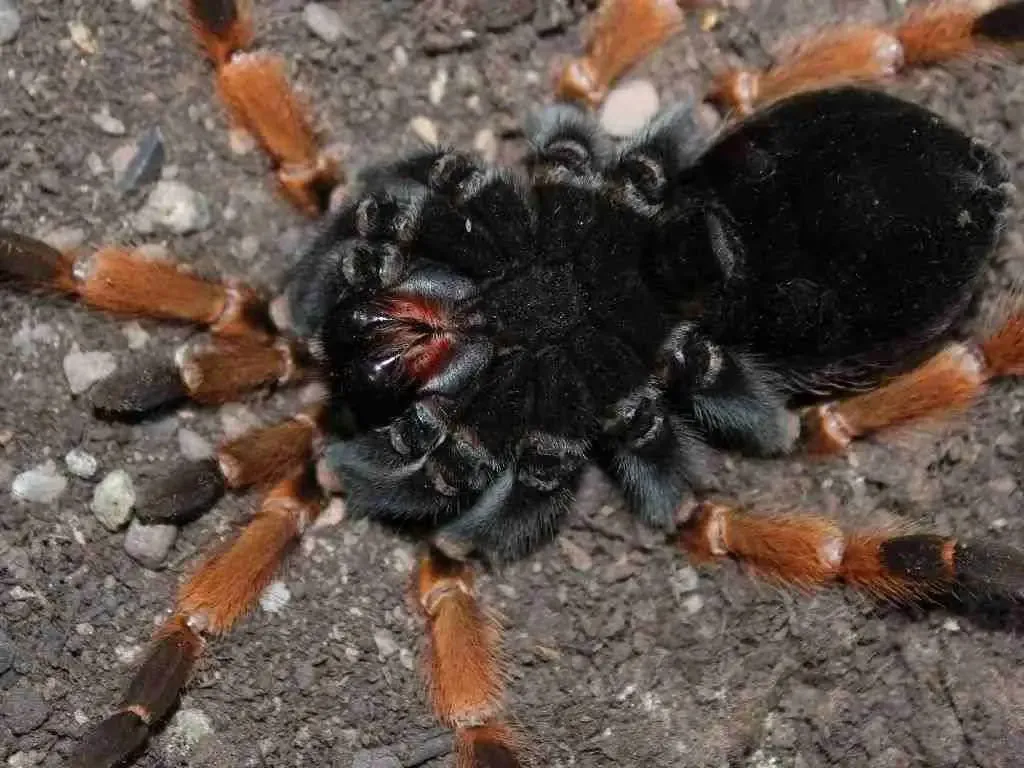
Once the tarantula has molted, its new exoskeleton will be soft and vulnerable. Wait a few days, or until the new exoskeleton has fully hardened, before attempting to feed the spider. Start with smaller prey items to avoid overwhelming the tarantula. Offer the same diet you provided before the molt. Keep the enclosure clean and maintain proper humidity levels. Monitor your tarantula for any signs of stress or illness. If you have provided proper tarantula molting care, you should have a healthy and growing spider after the molt. After the molting process, provide the proper post-molt care to keep it healthy.
Common Mistakes to Avoid During Molting
Several common mistakes can hinder the molting process. One is failing to provide the correct humidity level. Another is attempting to handle or disturb the tarantula during molting. Feeding the tarantula too soon after molting is another mistake. Avoid using pesticides or other chemicals near the enclosure, as these can be harmful. Also, avoid drastic changes in temperature or humidity. By avoiding these common mistakes, you can significantly improve the chances of a successful molt. Providing correct tarantula molting care minimizes any errors.
How to Provide Optimal Molting Conditions
Enclosure Setup
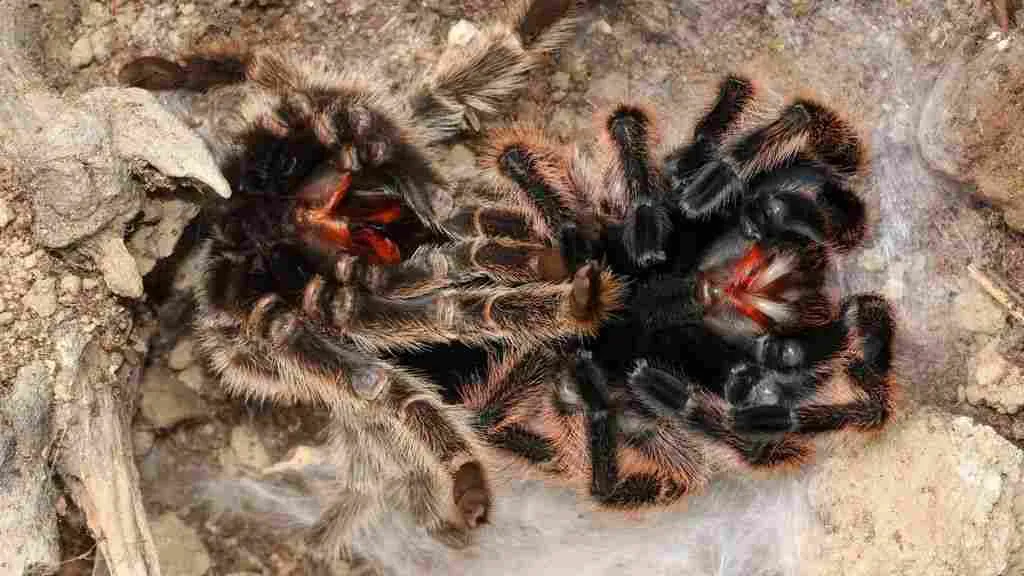
The enclosure setup is critical for successful molting. Provide a substrate that allows the tarantula to burrow or create a comfortable resting place. Ensure the enclosure is the correct size for your tarantula. A hide or shelter provides a secure space for the tarantula to retreat during the molting process. Keep the enclosure clean and free of debris, and ensure proper ventilation. This is a key element of tarantula molting care. A good enclosure setup will make the process much smoother.
Temperature and Humidity
Maintain the correct temperature and humidity levels for your tarantula species. Use a reliable thermometer and hygrometer to monitor these conditions. Adjust the temperature and humidity as needed. Provide a water dish for hydration. Remember that the specific requirements vary depending on the species. Research the specific needs of your tarantula species. Proper temperature and humidity are essential components of tarantula molting care.
Post-Molting Care and Feeding
Once the tarantula has molted, wait until the new exoskeleton has hardened before resuming feeding. Start with smaller prey items to prevent injury. Monitor your tarantula for any signs of illness or stress. Make sure the enclosure is clean and that humidity levels are correct. Provide plenty of fresh water. Continue to observe your tarantula’s behavior. Proper post-molting care will ensure that your tarantula recovers successfully after molting and continues to thrive. Maintaining correct tarantula molting care will result in healthy spider.
When to Worry
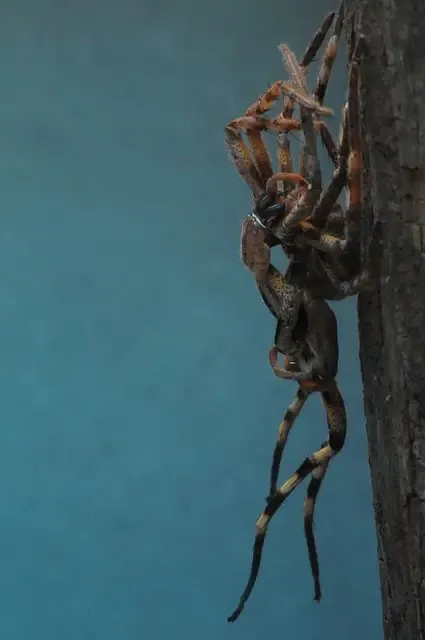
While molting is a natural process, some situations require concern. If your tarantula struggles to molt, or if the process takes an unusually long time, it is a sign of problems. Failure to molt, or a stuck molt, is a serious issue. If you see any of these signs, consult an experienced tarantula keeper or a veterinarian. If the tarantula appears injured during the molting process, it is important to seek professional advice. If the spider appears unhealthy or shows other symptoms, consult a professional to give your tarantula the best care.
